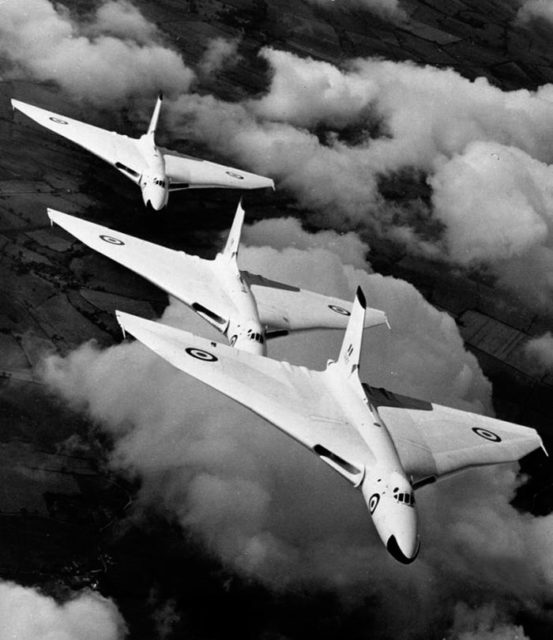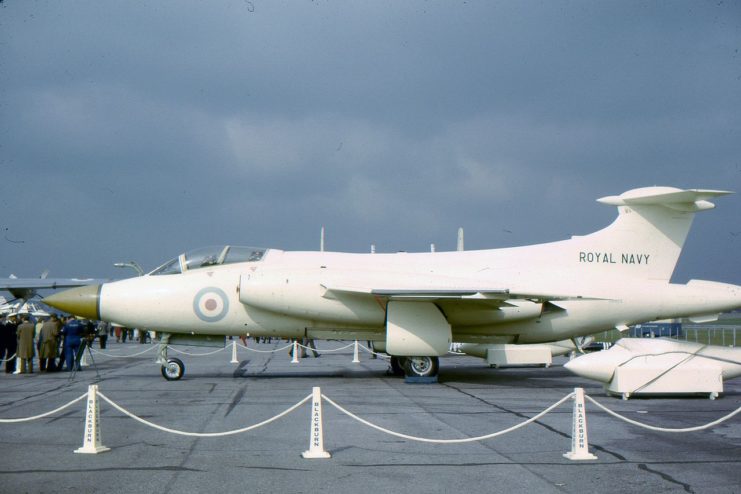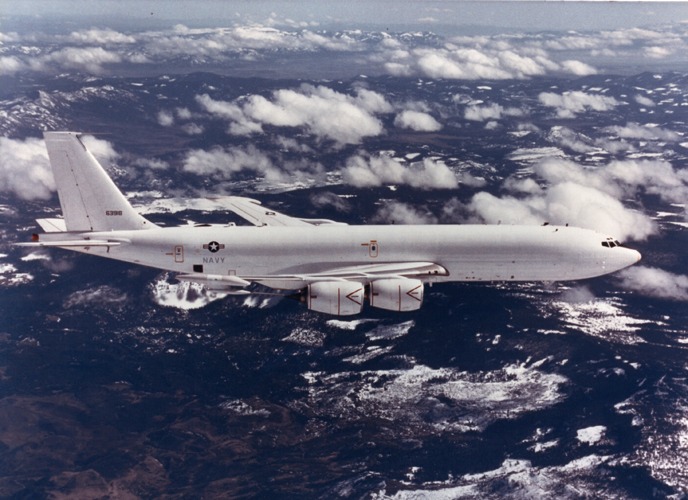When it comes to surviving a nuclear blast, paint is probably the last type of defense you’d consider. However, with the advent of nuclear weapons – which were continuously growing in power – there was a real risk that the release plane would not be able to outrun the blast. As one of the key design requirements of an aircraft is being lightweight, they couldn’t exactly cover the bombers in a few feet of reinforced concrete and lead shielding. Instead, they had to use any means possible to improve an aircraft’s survival.
As surprising as it sounds, an aircraft’s color is important to its survivability.
A nuclear explosion releases immense amounts of energy. While the blast wave is devastating to objects within its range, thermal radiation emitted by the bomb can affect objects almost immediately (as it travels at approximately the speed of light) and at much greater distances. A 1 megaton bomb can cause second-degree burns from around 6 miles away. This intense thermal radiation was what engineers wanted to defend against.
There was little that engineers could do to protect an aircraft from the physical shockwave of a nuclear blast, but they were able to reduce the intense and long-range thermal radiation emitted from the explosion. To do this, aircraft that may be exposed to nuclear blasts were given a brilliant white paint scheme.
It was hoped that this small addition would give aircraft and crews a slightly higher chance of surviving a blast. Named “anti-flash white”, the scheme was inspired by the 1953 “The House in the Middle” study.

This study took place on the Nevada Test Site and investigated the effects of the Encore nuclear bomb test, which occurred on May 8, 1953, as part of Operation Upshot-Knothole. Its name “Encore” began with the letter “E”, indicating the blast was an “effects” test. For effects tests, objects were brought in to see how they responded to a nuclear blast at varying distances from ground zero.
One of the objects included in this particular test was trees, but as the test location was in a desert, 145 Ponderosa pines had to be relocated to the site by the United States Forest Service. They were cemented into holes in the ground, 6,500 feet from the blast.
The House in the Middle study focused on three houses that were placed on the range, each in different conditions. One house was in poor condition, with old, dry exposed surfaces. The second was in a similar condition but had trash in the yard. The third house was freshly painted and had no trash in the yard.
The 27 kiloton bomb was dropped from a B-50 Superfortress and detonated at a height of 2,423 feet. The explosion set fire to the first home, burning the whole thing down. The trash and weathered parts of the second home also caught fire. The third house though – freshly painted in white and well maintained – did not catch fire.

The study was filmed and turned into a documentary by the Federal Civil Defense Administration to show citizens the importance of their home’s condition. The study ignored the deadly effects of radiation though, so the documentary was soon considered obsolete. However, the differences made by white paint were not.
More From Us: Zimmerit: The Unique Coating Along the Outside of German WWII Armored Vehicles
Soon after, bombers from all nuclear powers were painted in “anti-flash white.” From below, the bright-white paint actually doubled as an acceptable camouflage, but when viewed from above the white aircraft stood out against the ground. To address this some aircraft – particularly Soviet – had their upper surfaces painted gray.
As aircrafts’ roles and the delivery methods of nuclear weapons changed over time, anti-flash white schemes faded out of use. In addition, the paint does almost the exact opposite job of the coating on stealth aircraft.
